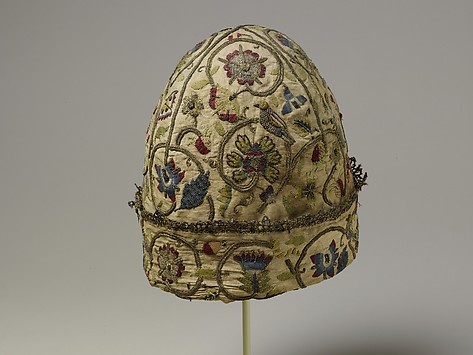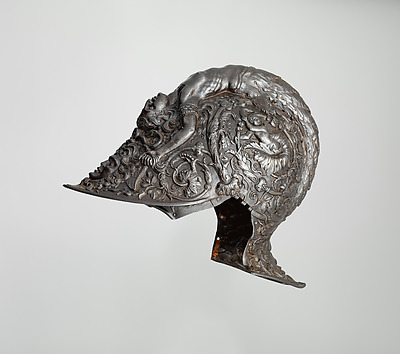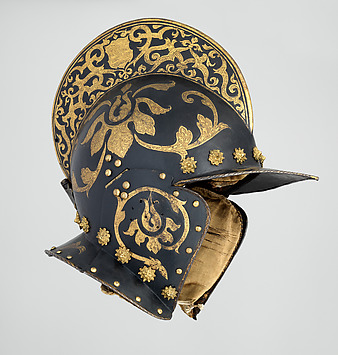Lacking the traditions of commercial production and established markets that supported the continued growth and vitality of the Netherlandish and French industries, manufactories like the Medici, Mortlake, and Barberini workshops were dependent on the fortune of their founding patrons.

























